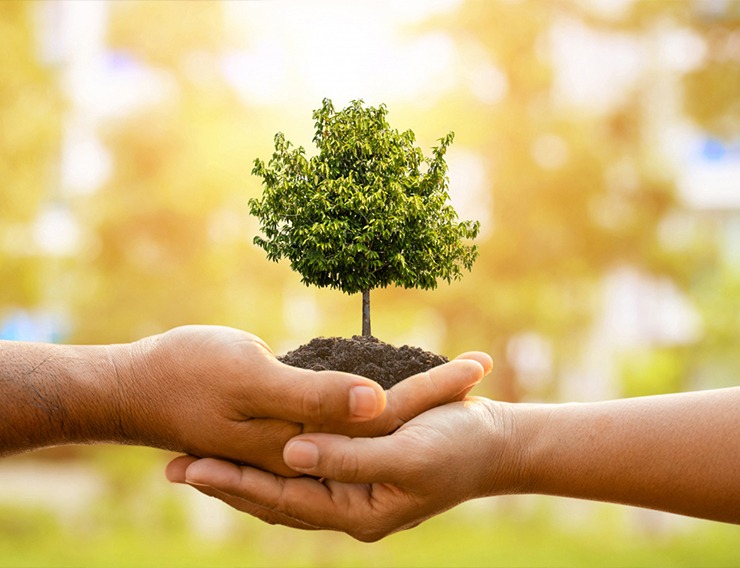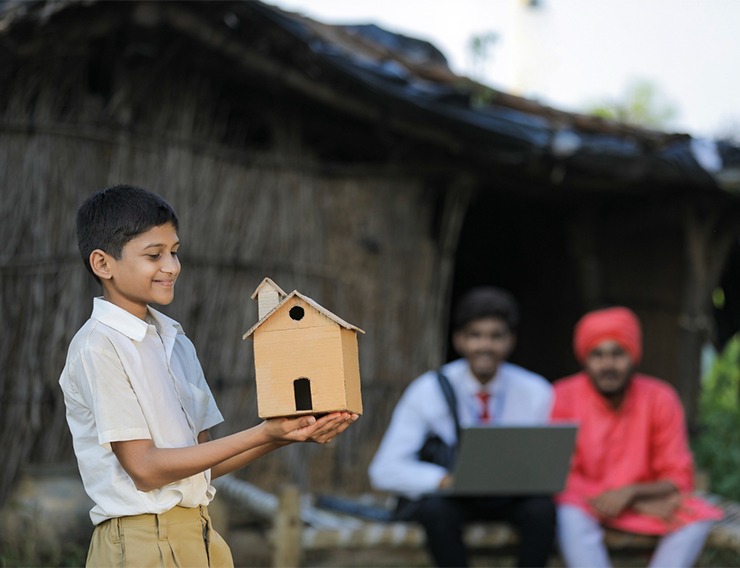Notice: Test mode is enabled. While in test mode no live donations are processed.

Seva as Sadhana: Rediscovering the Power of Selfless Service in Modern Times
In today’s busy world, the idea of selfless service, or seva, often gets overshadowed by personal ambitions and daily routines. Yet, seva is not just about helping others; it is a powerful spiritual practice that can bring deep inner peace and foster harmony in society. By caring for cows, elders, and the abandoned, we rediscover the true meaning of spirituality in action and create a more compassionate world.
Understanding Seva: More Than Just Helping
Seva is a Sanskrit word that means selfless service. Unlike charity done for recognition or reward, seva is about giving without expecting anything in return. It is a practice found in many spiritual traditions, where serving others is seen as serving the Divine itself. When we help those in need, whether humans or animals, we are not just performing a good deed-we are growing spiritually and purifying our hearts.
Seva as a Spiritual Path
In spiritual teachings, seva is considered a form of sadhana, or spiritual discipline. By serving others, we learn humility and compassion. Seva helps us let go of our ego and self-centered thinking. It is a way to connect with the Divine, as every act of kindness becomes an offering. The Bhagavad Gita, for example, teaches about “Nishkama Karma”-acting without attachment to results. Through such selfless action, we move closer to inner peace and even spiritual liberation.
Caring for Cows: Honoring Life
In many cultures, especially in India, cows are seen as symbols of purity, abundance, and nurturing. Cow seva involves rescuing, sheltering, and caring for cows that are abandoned or in need. This act is more than animal welfare; it is a spiritual practice that teaches respect for all life. By protecting cows, we learn to nurture and protect the vulnerable, which reflects the highest values of compassion and service.
Serving Elders and the Abandoned: Restoring Dignity
Elders and abandoned individuals often face loneliness and neglect. Seva towards them means offering time, companionship, and care. This not only improves their lives but also helps us understand the value of gratitude, patience, and empathy. Serving those who are often forgotten by society is a direct way to practice compassion and restore dignity to every human being.
Personal and Social Benefits of Seva
Practicing seva brings many benefits:
- Inner Peace: Helping others without expecting anything in return brings a unique sense of fulfillment and calmness. It cleanses the heart and mind, reducing stress and anxiety.
- Spiritual Growth: Seva helps dissolve the ego, making room for humility and love. It is a way to break free from self-centeredness and connect with the larger whole.
- Building Harmony: When people come together to serve, it creates bonds of trust and understanding. Seva bridges gaps between different communities and fosters social harmony.
- Addressing Social Issues: Selfless service can help solve problems like poverty, neglect, and injustice. By uplifting the marginalized, seva becomes a tool for positive change in society.
How to Practice Seva in Daily Life
You do not need to make grand gestures to practice seva. Here are simple ways to start:
- Volunteer at a local shelter or old age home.
- Support animal welfare by helping at a gaushala (cow shelter).
- Spend time listening to and helping those who feel alone or abandoned.
- Offer your skills or resources to community projects.
- Practice kindness in everyday interactions, even small acts count.
Conclusion
Seva is not just an act; it is a way of living with purpose and compassion. By caring for cows, elders, and the abandoned, we rediscover our connection to the Divine and to each other. In a world that often values personal gain, seva reminds us of the deep joy and peace that comes from giving selflessly. Through seva, we can transform ourselves and create a more harmonious society-one act of kindness at a time.


